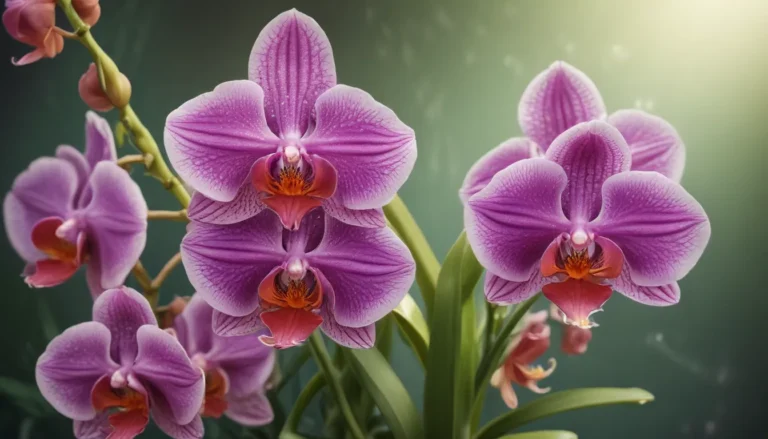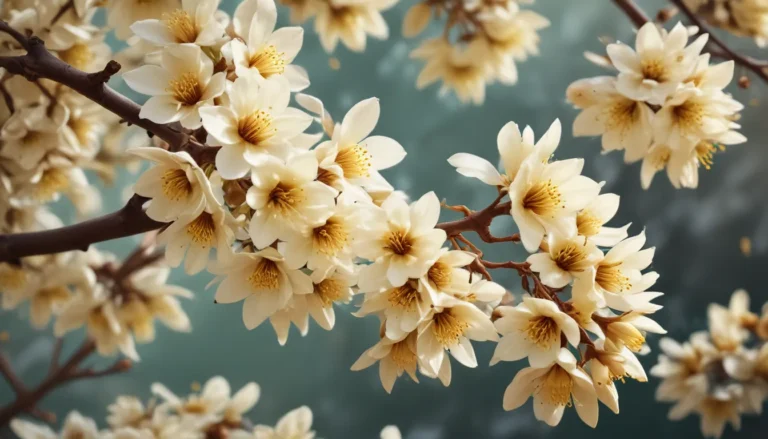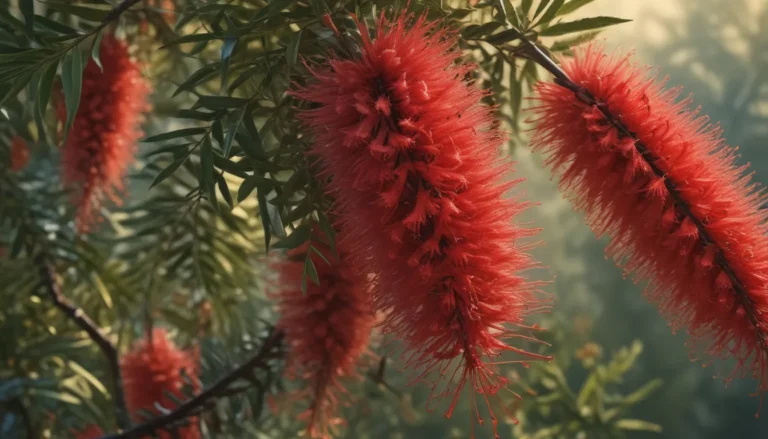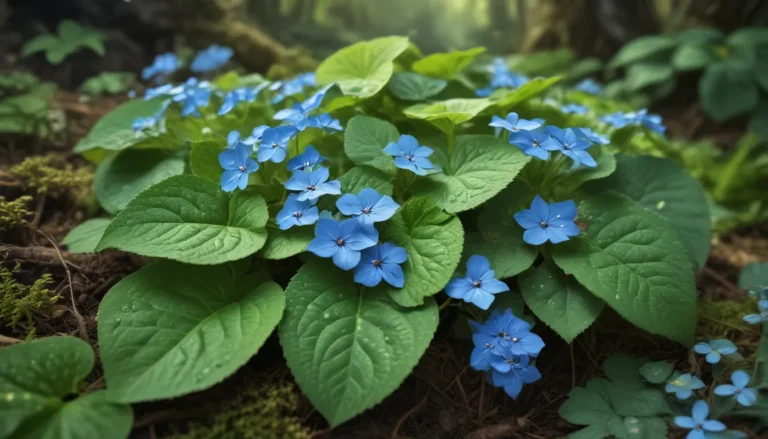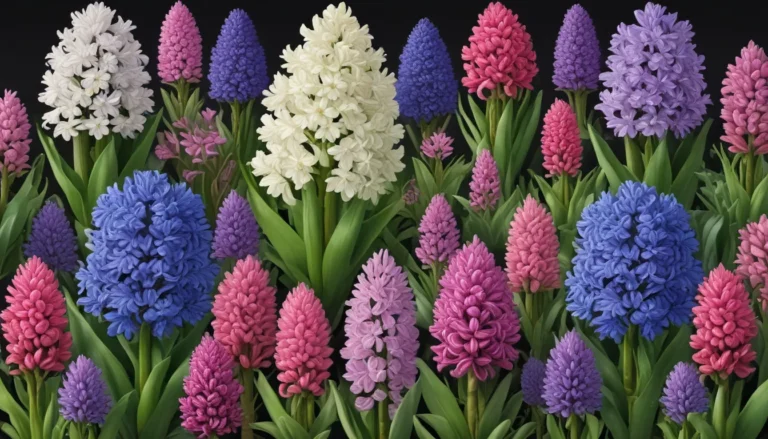The pictures we use in our articles might not show exactly what the words say. We choose these pictures to make you interested in reading more. The pictures work together with the words but don’t take their place. The words still tell you the important facts.
Are you looking to add a touch of elegance and beauty to your landscape? Look no further than the Skyline Honey Locust tree, a remarkable species known for its delicate foliage, fast growth, and environmental benefits. In this article, we will explore 15 fascinating facts about the Skyline Honey Locust tree, shedding light on its unique characteristics, ecological contributions, and cultural significance. Whether you're a nature enthusiast, a landscaping aficionado, or simply curious about the wonders of the natural world, this exploration of the Skyline Honey Locust tree is sure to captivate your interest and deepen your appreciation for this extraordinary plant.
Key Takeaways:
- The Skyline Honey Locust tree is a thornless, fast-growing, and drought-tolerant species that provides vibrant fall colors and valuable shade. It attracts wildlife, has historical significance, and offers environmental benefits.
- With its delicate foliage, the Skyline Honey Locust tree is a low-maintenance, versatile landscaping option that adds beauty and functionality to outdoor spaces. It also has medicinal uses and contributes to soil fertility.
Known for its Delicate Foliage
The Skyline Honey Locust tree is renowned for its delicate, lacy foliage, creating a stunning visual display, especially during the spring and summer months. Its graceful appearance adds an element of charm and sophistication to any landscape.
Thornless Variety
Unlike its thorny counterparts, the Skyline Honey Locust tree is a thornless variety, making it a popular choice for landscaping and urban environments. This characteristic eliminates the need for pruning to remove sharp thorns, making it a safer and more user-friendly option for homeowners.
Tolerant of Urban Conditions
One of the standout features of the Skyline Honey Locust tree is its remarkable resilience in urban settings. It can thrive in conditions where pollution and compacted soil are common, making it an excellent choice for city landscapes and urban green spaces.
Vibrant Fall Colors
As the fall season approaches, the Skyline Honey Locust tree undergoes a stunning transformation, turning its leaves into vibrant yellow hues that add warmth and visual interest to the autumn landscape. This display of colors can create a striking focal point in any outdoor setting.
Drought Tolerant
Adapted to withstand dry spells, the Skyline Honey Locust tree is well-suited for regions prone to drought. Its ability to thrive in arid climates makes it a resilient and sustainable choice for homeowners and landscapers looking for low-maintenance options.
Fast Growth Rate
One of the most appealing aspects of the Skyline Honey Locust tree is its rapid growth rate. This tree can quickly establish itself in a landscape, providing shade, beauty, and environmental benefits in a relatively short amount of time.
Valuable Shade Provider
With its broad canopy and dappled shade, the Skyline Honey Locust tree offers a welcome respite from the sun, making it a popular choice for parks, residential areas, and outdoor gathering spaces. Its shade provides relief on hot summer days, creating a comfortable and inviting environment for both humans and wildlife.
Versatile Landscaping Tree
Due to its adaptability and aesthetic appeal, the Skyline Honey Locust tree is widely used in landscaping projects. Whether as a standalone ornamental tree or as part of a larger green space design, this tree adds beauty and functionality to outdoor environments, enhancing the overall visual appeal of the landscape.
Nitrogen-Fixing Ability
One of the unique characteristics of the Skyline Honey Locust tree is its ability to fix nitrogen in the soil. By enhancing soil fertility, this tree benefits neighboring plants and contributes to a healthy and sustainable ecosystem. This natural process helps support the growth of other vegetation, promoting biodiversity and ecological balance.
Wildlife Attraction
The Skyline Honey Locust tree is a magnet for various forms of wildlife, including birds and insects. Its presence in the landscape helps support local biodiversity, creating a thriving ecosystem where different species can coexist and thrive. By attracting wildlife, this tree plays a vital role in maintaining the delicate balance of nature.
Medicinal Uses
Certain parts of the Skyline Honey Locust tree, such as the pods and bark, have been used in traditional medicine for their purported healing properties. Indigenous cultures and traditional practices have long recognized the therapeutic benefits of this tree, highlighting its value beyond its ornamental appeal.
Historical Significance
The Skyline Honey Locust tree has a rich historical significance, with roots in indigenous cultures and traditional practices that date back centuries. Its cultural importance adds a layer of depth and meaning to this tree, connecting it to a legacy of reverence and respect for the natural world.
Landscape Statement Piece
With its striking appearance and ornamental value, the Skyline Honey Locust tree serves as a captivating focal point in any landscape design. Whether planted as a standalone specimen or integrated into a larger garden scheme, this tree commands attention and adds a touch of elegance and sophistication to its surroundings.
Low Maintenance
Once established, the Skyline Honey Locust tree requires minimal maintenance, making it a hassle-free addition to any outdoor environment. Its low-fuss nature and resilience to urban conditions make it an attractive option for homeowners and landscapers seeking a beautiful and practical tree for their landscape projects.
Environmental Benefits
Beyond its aesthetic appeal, the Skyline Honey Locust tree offers valuable environmental benefits. By improving air quality, enhancing soil fertility, and supporting local wildlife, this tree plays a crucial role in environmental conservation. Its contributions to ecosystem health and sustainability make it a valuable asset in the fight against climate change and biodiversity loss.
In conclusion, the Skyline Honey Locust tree is a remarkable species that embodies beauty, functionality, and ecological significance. Whether you're looking to enhance your landscape with a visually striking tree, attract wildlife to your outdoor space, or contribute to environmental conservation, the Skyline Honey Locust tree offers a wealth of benefits and opportunities. By incorporating this tree into your landscape design, you not only add aesthetic appeal but also support the health and vitality of your local ecosystem. Embrace the beauty and utility of the Skyline Honey Locust tree and experience the transformative power of nature in your outdoor environments.
FAQs
What are the distinct features of the Skyline Honey Locust Tree?
The Skyline Honey Locust Tree is renowned for its delicate, fern-like foliage, vibrant green leaves, and graceful, spreading canopy. Its thornless nature and adaptable growth habits further distinguish it as an exceptional ornamental and shade tree.
How can I care for a Skyline Honey Locust Tree on my property?
To ensure the optimal health and growth of a Skyline Honey Locust Tree, it is essential to provide well-drained soil, adequate sunlight, and regular watering. Pruning and monitoring for pests and diseases are also crucial for maintaining the tree's vigor and beauty.
Our commitment to delivering trustworthy and engaging content is at the heart of what we do. Each fact on our site is contributed by real users like you, bringing a wealth of diverse insights and information. To ensure the highest standards of accuracy and reliability, our dedicated editors meticulously review each submission. This process guarantees that the facts we share are not only fascinating but also credible. Trust in our commitment to quality and authenticity as you explore and learn with us.

